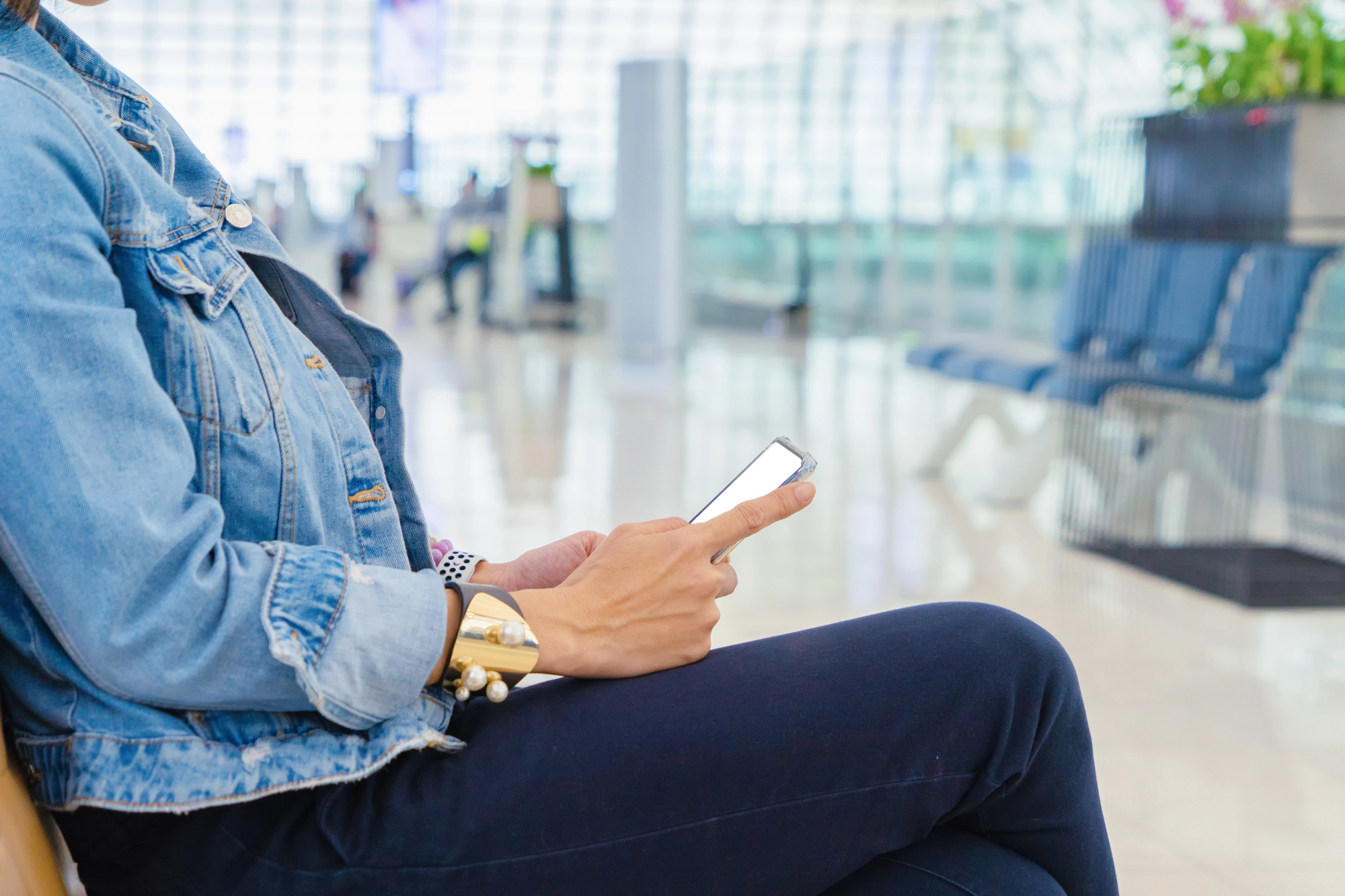Flying with Ozempic: What You Need to Know Before You Travel
If you’re one of the many people using Ozempic (semaglutide) to manage type 2 diabetes or for weight loss under medical supervision, you might be wondering: “Can I fly with this medication?” The answer is yes, but there are some important things to keep in mind when flying with Ozempic (or another form of semiglutide) to make your trip smooth, safe, and stress-free.
Here’s a full guide to flying with Ozempic, including storage tips, TSA rules, and how to avoid problems while you’re in the air or abroad.
Can You Take Ozempic on a Plane?
Yes, you can fly with Ozempic. It’s a prescription medication and is allowed in both carry-on and checked luggage. However, it’s strongly recommended that you keep it in your carry-on, not your checked bag. Why?
-
Checked luggage can get lost or delayed.
-
Cargo holds may not stay within safe temperature ranges.
How to Store Ozempic While Traveling
Proper storage is essential to maintain the medication’s effectiveness.
Before first use:
-
Ozempic pens should be refrigerated (between 36°F and 46°F / 2°C and 8°C).
-
They should not be frozen, if they freeze, they must be discarded.
After first use:
-
Once in use, Ozempic pens can be kept at room temperature (below 86°F / 30°C) for up to 56 days.
Travel Tip: If you’re traveling with a new, unopened pen and expect to be on the move for a while, consider:
-
Using an insulin travel cooler or small insulated lunch bag with a cold pack.
-
Making sure the medication doesn’t come into direct contact with ice or cold packs, which could freeze it.
What About TSA and Airport Security?
TSA allows passengers to bring prescription medications, including injectable ones like Ozempic, through security. Here’s how to make it easier:
-
Keep Ozempic in its original packaging with your prescription label.
-
Bring a copy of your prescription or a doctor’s note (not always required, but useful).
-
Declare your medication at the security checkpoint if it’s in liquid or gel form.
-
You may bring sharps (needles, pen needles, lancets) if you carry them in a proper sharps container.
TSA officers are familiar with medical exemptions, so you’re unlikely to face problems, but giving them a heads-up can save time.
Timing Your Dose While Traveling
Ozempic is usually taken once weekly, so timing it around your travel schedule is relatively easy. If your trip crosses time zones:
-
It’s okay to adjust the day by 1–2 days earlier or later, but try to keep a consistent weekly schedule.
-
Set a reminder or alarm on your phone in the new time zone.
-
If unsure, consult your healthcare provider about adjusting your schedule.
If you’re flying internationally:
-
Research medication laws in the country you’re visiting (some countries have strict import rules).
-
Carry a doctor’s note explaining your condition and the need for the medication.
-
Translate the note if you’re going to a non-English-speaking country.
Also consider:
-
Checking the availability of Ozempic abroad in case of loss.
-
Packing a backup pen (if available) in a separate bag.
What Can Go Wrong—and How to Prepare
While flying with Ozempic is generally easy, a few things can go wrong:
-
Your pen freezes in cargo or due to improper storage.
-
You forget to pack it or run out abroad.
-
Airport security questions your injectable medication if it’s not properly labeled.
Prevent this by:
-
Packing early and double-checking your medication.
-
Keeping everything in your carry-on, clearly labeled.
-
Bringing extras if you’re traveling for more than a few weeks.






